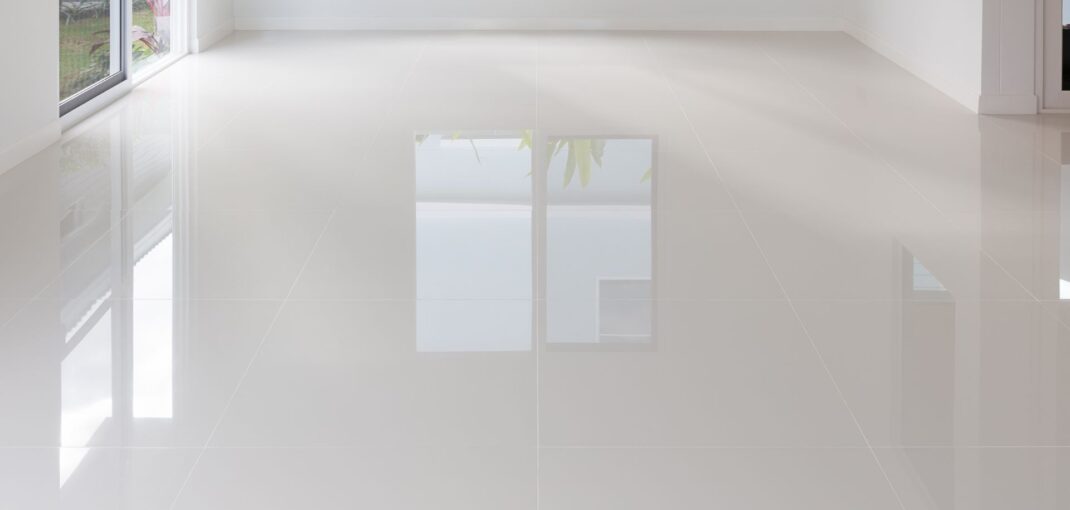Do you have tile floors in your home? Maybe in a high traffic area, the bathroom or in the kitchen? No matter how much you sweep or mop, tile can look dingy or otherwise dirty. Chances are, your grout is to blame. Grout is typically cement based, which means its absorbent. When you mop your floors, that dirty mop water can get pushed into the grout and once the water dries, the dirt is left behind to absorb into the grout. There’s some ways around this, like the trendy darker grout (think a gray grout with white subway tile), but if your floors have a lighter grout, here’s our tips for keeping them clean!
1. Peroxide and baking soda.
It seems this is a go-to solution for many common household problems. Stains, appliances, and more issues can benefit from this powerful and easy to make cleaner. Solutions with vinegar are typically too acidic and can eat away at grout or tile finishes over time. As an added bonus, the peroxide can also sanitize your grout, killing bacteria and other harmful microbes. We suggest paying special attention to the grout in your next cleaning, working to remove any built up dirt or stains, and then applying the peroxide and baking soda solution right to the grout line. As we mentioned above, grout is absorbent, so let the solution sit for 10-15 minutes to fully get absorbed into the cracks and crevices. Scrub the grout lines and finish up with a rinse using mild soap and water.
2. Use a grout sealer.
Ideally, your cement-based grout should be sealed not long after it sets and dries. You should also re-seal your floors once every year in high-traffic areas. Grout not on floors (backsplashes, showers, etc) will most likely need re-sealing every 18 months – 2 years. An easy way to check your grout is to spray water onto it. Grout that is sealed should have the water to bead up and not soak in.
3. Try a grout stain.
Grout stains can take a little practice to work with, but they can transform your floors if cleaning and sealing doesn’t solve your problems. This certainly isn’t a quick job depending on the size of your space, but with a little elbow grease and patience, this method can have great results. Keep in mind that it may be easier to change the grout color than match an existing grout color, due to fading over time.
What tips do you have for keeping your tile floors fresh? Have you tried any of these methods? Let us know in the comments!






